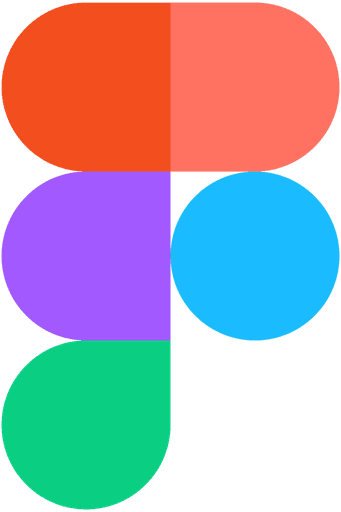PennyWise
This case study involves accessibility-focused banking app that allows users to manage their finances with ease and independence. The app's primary goal is to be inclusive of users with various disabilities, ensuring that everyone, regardless of their physical, visual, auditory, or cognitive abilities, can efficiently save, invest, and manage their money. The app was designed to adhere to the Web Content Accessibility Guidelines (WCAG) and focused on making financial management tools accessible to a broader audience.
Challenge
An app to meet specific user needs, such as those of individuals with spinal cord injuries, blurred vision, ADHD, and hearing impairments, presents a challenge
An app that includes Web Content Accessibility Guidelines (WCAG) and the integration of inclusive design principles
Results
User-Centric Design: Involving users with disabilities throughout the design process is crucial for creating a truly accessible product.
Iterative Testing: Ongoing testing and refinement are essential to ensure the app's features meet diverse accessibility needs.
Accessibility as a Priority: Integrating accessibility from the start, rather than as an afterthought, results in a more inclusive and effective product.
Simplicity is Key: Streamlining navigation and interactions benefits all users, especially those with cognitive impairments, making the app more intuitive and user-friendly.
Design Process
To tackle this problem, I used the Design Thinking approach, guiding me through each stage with a user-centered mindset.
Define Phase
Using Design Thinking, I created personas, empathy maps, and a customer journey map to dive into users' challenges. These offered a clear view of users' needs, pain points, and journeys, guiding my design to be more user-centered.
Personas











Ideate Phase
Paper Sketches
Low fidelity






Prototype
High-Fidelity Designs























